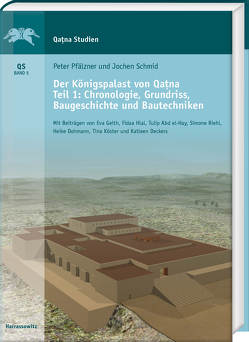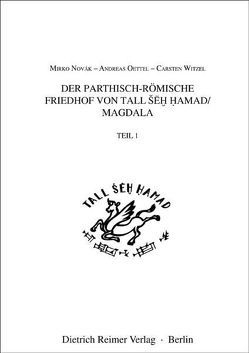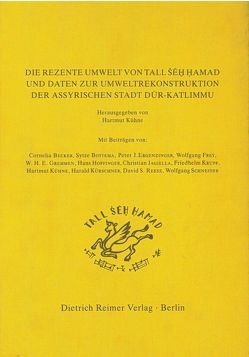Mittanische und mittelassyrische Keramik
Eine chronologische, funktionale und produktionsökonomische Analyse
Peter Pfälzner
Das in dieser Arbeit verwendete Material stammt aus Kontexten der Ausgrabungen Tall Šēḫ Ḥamad / Dūr-Katlimmu, Tall Bderi und Tall Brak, die mit absolut datierbaren Schriftartefakten des 13., 11. und 14. Jahrhunderts v.Chr. vergesellschaftet waren. Nach der Einleitung (Kap. I) wird in Kap. II die methodische Herangehensweise diskutiert und festgelegt, zu der ein eigens entwickeltes Computerprogramm gehört. Eine Klassifikation der Waren- und Formtypen erfolgt in Kap. III. In Kap. IV wird das Material in seinem jeweiligen archäologischen Kontext diskutiert, was im Fall von Tall Šēḫ Ḥamad zu der Einteilung der mittelassyrischen Keramikstufen mA I bis III und zu der These einer standardisierten „offiziellen“ und einer „häuslichen“ Keramik in der mittelassyrischen Zeit (s. auch Kap. VII) führt. Die Verbreitung der mittanischen und mittelassyrischen Keramik in Nord-Mesopotamien in ihren jeweiligen archäologischen Kontexten wird in Kap. V dargelegt. In Kap. VI werden die Argumente für eine absolut-chronologische Zuweisung der archäologischen Kontexte der Keramik aus den Ausgrabungen Tall Šēḫ Ḥamad, Tall Bderi und Tall Brak diskutiert. Das abschließende Kap. VII widmet sich Fragen der Keramikökonomie.
Ausgehend von einer heterogenen Befundlage der spätbronzezeitlichen Gebrauchskeramik Nord-Mesopotamiens, die einer typologischen und chronologischen Struktur entbehrte, zeigt diese Arbeit erstmalig eine kohärente Entwicklung und Verwendung der Gebrauchskeramik des 14. bis 11. Jahrhunderts v.Chr. auf.
The material of this study originates from stratified deposits of the excavations of Tall Šēḫ Ḥamad / Dūr-Katlimmu, Tall Bderi, and Tall Brak that were associated with written artefacts of the 13th, 11th, and 14th century BC respectively. After the introduction (chap. I) the methodical approach is discussed and a specifically developed computer program is introduced (chap. II). In chap. III types of wares and forms are classified. The archaeological context is discussed in chap. IV. The analysis of the Tall Šēḫ Ḥamad and Tall Bderi material prompts the division of three Middle Assyrian pottery stages (mA I-III) and the thesis that the Middle Assyrian pottery consisted of a highly standardized “official” ware and a less organized “domestic” ware (see also chap. VII). The dissemination of Mittanian and Middle Assyrian pottery across Northern Mesopotamia is investigated in chap. V. Chap. VI presents an absolute chronological assignment of the archaeological context of the pottery from Tall Šēḫ Ḥamad, Tall Bderi und Tall Brak. The final chapter VII considers problems and questions of the economy of Middle Assyrian ceramic production.
Departing from a heterogeneous evidence of Late Bronze Age utilitarian ceramics in Northern Mesopotamia that lacked any typological and chronological order this study establishes for the first time a coherent development and use of the utilitarian pottery from the 14th to the 11th century BC.




























